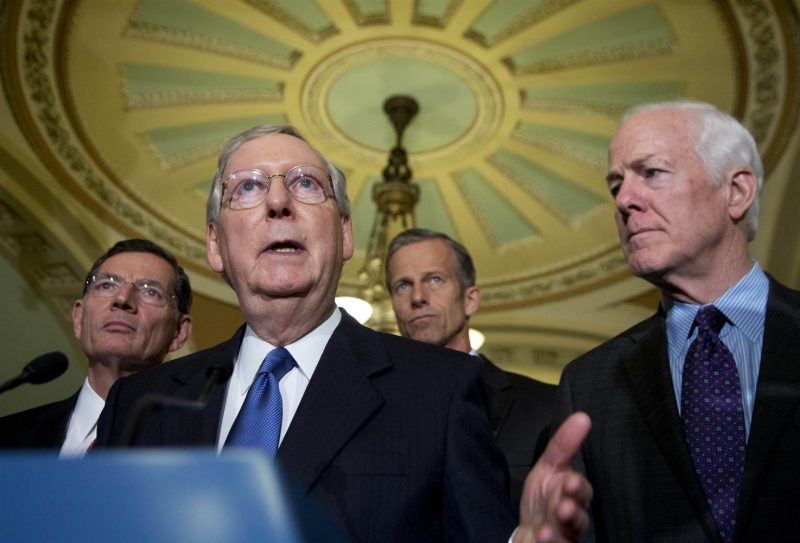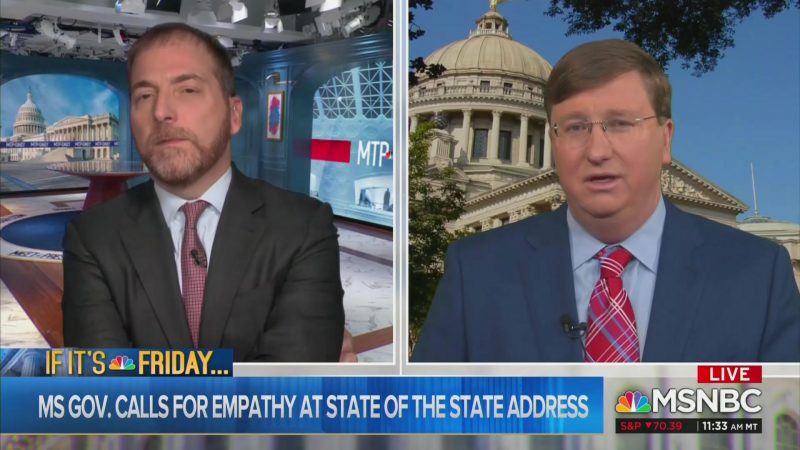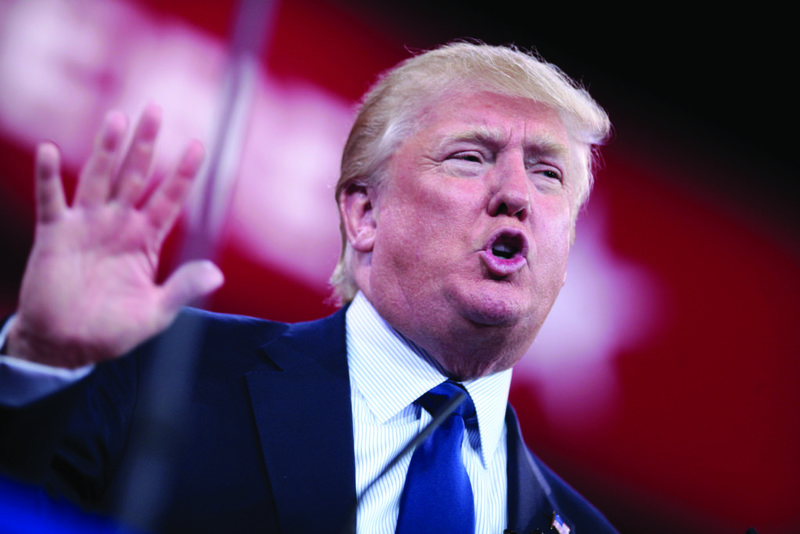Our Gerrymandered Senate: Small States Have Outsized Power

I wrote earlier in the week that the makeup of the US House of Representatives in no way matches the actual democratic (and consequently Democratic) makeup of the nation. Through the opportunistic combination of racism and Congressional redistricting, Republicans have gerrymandered the shit out of swing states so that their Congressional delegations are wildly and disproportionately Republican even when the states as a whole routinely vote for Democratic presidential nominees.
North Carolina, in particular, has districts so absurdly drawn that it’s electoral map is both hilarious, due to Republicans’ attempt to get away with such blatant rigging, and offensive, because they did. But the Republican-controlled House is just one-half of America’s national legislature.
The Senate also has a Republican majority, despite the fact that Democrats — via Hillary Clinton — are likely to win their sixth popular vote victory in seven elections. Democratic voters of course historically have issues with mid-term election participation, but Republicans’ existential opposition to all things Democratic and penchant for legalizing actual voter fraud with alleged attempts to prevent said fraud do not help.
However, the Senate is already inherently undemocratic in its design. All states have equal Senate representation, despite the fact that not all states are equal in population.
The Senate was thought up as a compromise between the original colonies so that big states could not politically dominate the small states, but it also had the effect of instilling a patrician republicanism in order for America’s early economic elites to protect the interests of the wealthy in an upper legislative chamber removed from actual democracy.
Senators were not elected by the people until 1913 with ratification of the 17th Amendment, and for the first 125 years of America’s federal government senators were elected by each state’s state legislature. The Senate still has some room for democratic improvement.
Interestingly, Benjamin Franklin — ever the colonial populist — hated the idea of the Senate and argued for a unicameral legislature using Pennsylvania’s unicameral legislature as a model, but he could not convince his aristocracy-minded colleagues. He agreed to the bicameral compromise out of pragmatism, but Franklin was truly a democratic outlier in colonial America as a few years later even his own state adopted a bicameral system due to Pennsylvanian conservatives’ fear that their legislature was too liberal and democratic.
Despite the small colonies’ fears, however, America’s federal system has evolved in such a way that big states do not functionally threaten the sovereignty of small states, and frictions between the states have been caused by regionally-specific, socio-economic culture differences rather than overt, big-state tyranny. Our Union’s greatest internal disputes have been issues of moral righteousness aimed largely at correcting the ethical failings of the South: desegregation, the abolition of slavery, the limiting of slave states, and the end of the Atlantic slave trade in descending historical order.
As such, the outsized influence that small, typically Republican states have in the Senate stalls the liberalizing, democratic, and Democratic trends of America without actually being needed for bipartisan protection of small states. This means that the rural communities of small states have a disproportionate voice in our government and politics. As a point of reference, the US Census Bureau found that cities are home to 62.7% of the population, but make up only 3.5% of the nation’s land area (which helps illustrate why the House is so disproportionately influenced by large areas of sparsely populated land).
Senate races are state-wide, so states’ individual Senate races cannot be manipulated with gerrymandered districting, but because the US population is so concentrated in large, international cities naturally developed on the coasts, the states themselves are an effective Senate gerrymander. Much of the so-called “flyover country” with low population density that Republicans undemocratically refer to as “Real America” has disproportionate power in the Senate.
California is the perfect example of this, with a population roughly equal to the combined red-state populations of Wyoming, Alaska, North Dakota, South Dakota, Montana, Idaho, West Virginia, Nebraska, Kansas, Arkansas, Mississippi, Utah, Oklahoma, Kentucky, Louisiana and Alabama, but California has only 2 senators for their 32 senators.
The least populated and most rural states are typically conservative due to a plethora of socio-economically cultural reasons that involve their populations having less-than average experience with diversity, and the most populated states tend to be liberal due to their populations’ greater-than-average experiences with diversity. This is generally the rule of American partisanship, and even large cities in the most rural and conservatives states exhibit this phenomenon of liberalism.
Meanwhile, the four red states out of the top 15 most populated states — Texas, Georgia, North Carolina and Arizona — are all trending blue. North Carolina may very well already be a blue state, and Hillary Clinton has been flirting with the electoral votes of Georgia and Arizona in polls over the last month. Texas Republicans, good luck keeping your state red with those anti-Hispanic biases!
It is increasingly likely that Democrats will regain control of the Senate in November, but this is in spite of the Senate’s undemocratically un-Democratic design. Coupled with a ridiculously gerrymandered House of Representatives, the US Congress has really gotten out of whack.
Image via NBC News






